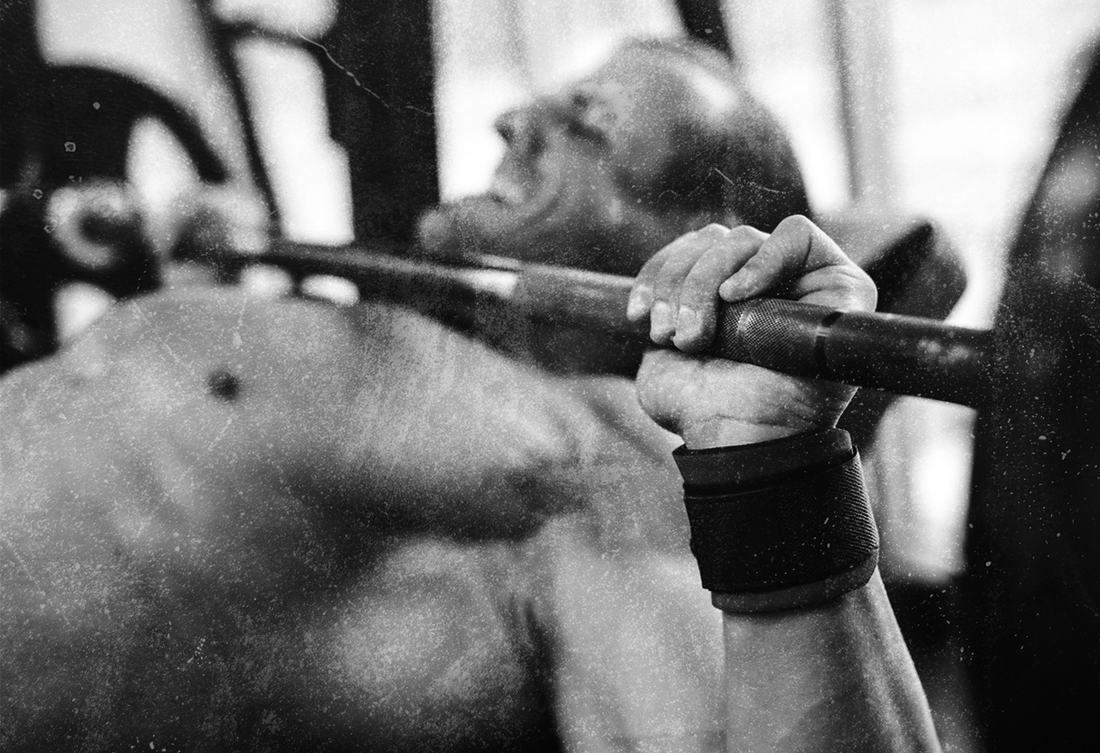
Maximizing Muscle Hypertrophy by Stretching Under Tension.
Share
When it comes to maximizing muscle hypertrophy, most lifters focus on lifting heavier weights and increasing volume. However, one critical yet often overlooked aspect of training for muscle growth is emphasizing the eccentric phase of a movement—specifically, stretching the muscle during this phase.
What Is the Eccentric Phase?
Each resistance training exercise consists of three phases:
Concentric Phase: The muscle shortens while producing force (e.g., pushing the weight up in a bench press).
Isometric Phase: The muscle remains under tension without changing length (e.g., pausing at the top of a squat).
Eccentric Phase: The muscle lengthens while under tension (e.g., lowering the barbell in a biceps curl).
The eccentric phase is crucial for hypertrophy because it places significant mechanical tension on muscle fibers, causing micro-tears that stimulate repair and growth. However, the benefits are amplified when the muscle is actively stretched under load.
Why Stretching Under Load Boosts Hypertrophy
Greater Muscle Damage and Remodeling
When a muscle is stretched under tension, it experiences greater mechanical stress, leading to more pronounced muscle fiber damage. This damage prompts the body to repair and rebuild the muscle tissue larger and stronger.
Increased Time Under Tension (TUT)
Eccentric stretching prolongs the time muscles spend under load, a key driver of hypertrophy. The longer the muscle remains stretched while resisting force, the more stimuli it receives for growth.
Enhanced Muscle Fiber Recruitment
Studies suggest that eccentric loading, especially in a stretched position, preferentially recruits fast-twitch muscle fibers—the fibers with the greatest potential for hypertrophy.
Improved Flexibility and Range of Motion
Consistently training muscles through their stretched eccentric range enhances flexibility and mobility. This can improve exercise execution and reduce injury risk.
How to Incorporate Eccentric Stretching into Training
Slow Down the Eccentric Phase
Instead of simply lowering the weight, aim for a controlled eccentric phase lasting 3-5 seconds.
Utilize Loaded Stretch Positions
Exercises like Romanian deadlifts, deep squats, and incline dumbbell curls naturally place muscles in a stretched position under tension.
Incorporate Eccentric Overload Techniques
Using methods such as negative reps, where you control a heavier-than-usual load during the eccentric phase, can further enhance the stimulus for growth.
Train Through Full Range of Motion
Ensure exercises involve a deep stretch at the bottom position to maximize eccentric stress and elongation.
Final Thoughts
For those looking to maximize hypertrophy, paying attention to the eccentric phase—especially by stretching the muscle under load—can be a game-changer. By slowing down eccentrics, incorporating loaded stretches, and emphasizing full range of motion, you can optimize muscle growth while improving strength and flexibility. Don't neglect this powerful training variable in your routine!
